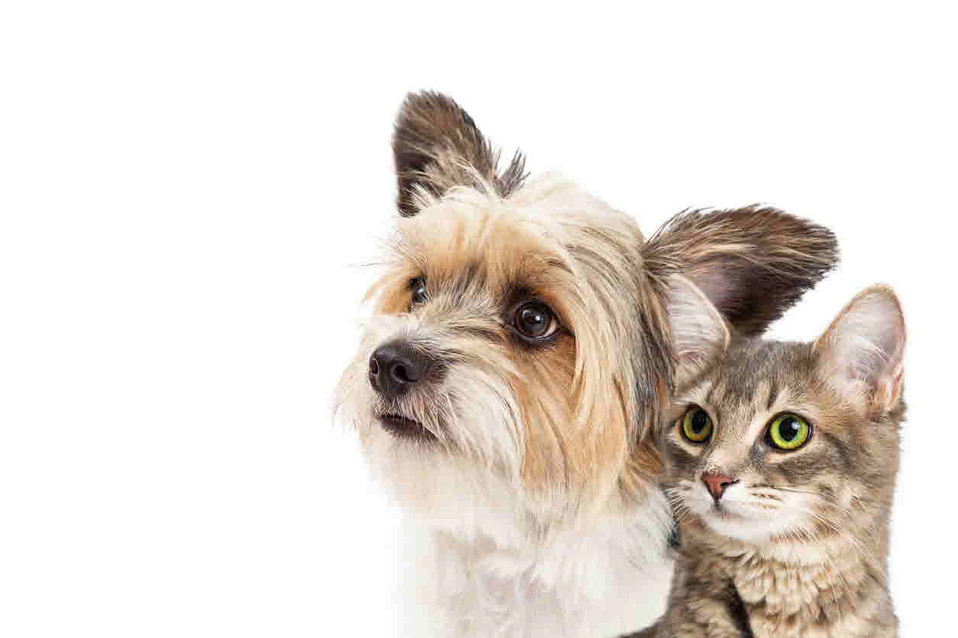Anaesthesia-free dentistry - a cosmetic procedure harmful to pet’s health and welfare
16 May 2018
Performing anaesthesia-free dentistry (AFD) is a relatively new and increasing trend generally offered by groomers and other pet service providers. It’s often presented as an effective way to maintain the dental health of our furry loved ones but what many pet owners don’t know is that it can be dangerous to the health and welfare of their pets.
Drs Tara Cashman and Jacqui Ley will be covering the risks associated with AFD today at the Australian Veterinary Association (AVA) Annual Conference in Brisbane.
According to Dr. Tara Cashman, President of AVA’s dentistry group, AFD is occurring under current Australian law but it is not a recognised component of veterinary dentistry.
“AFD refers to the practice of attempting to perform a scale and polish on a fully conscious animal and is often performed by people who lack appropriate training and qualifications. It is not risk-free, nor cost-effective, nor does it address the periodontal disease. It also fails to support the mental health and wellbeing of the pet and may have long-lasting effects on the animal’s behaviour.
“While pet owners are generally looking for services that improve the health of their animal and are cost-effective, unfortunately, many pet owners look for pet care advice on the internet and through social media sites, which offers a mix of emotional and often non-factual information.
“While using anaesthesia is not risk-free, the risk is often grossly exaggerated by stories on the internet.
Veterinary anaesthesia with appropriate management and protocols should result in very minimal complications, especially with a pre-anaesthesia assessment. Without using anaesthesia, it is impossible to appropriately assess the oral cavity which means that disease is missed. Not addressing periodontal disease in the earliest stages results in further tissue destruction, infection and eventual tooth loss. Diseases left untreated are painful and lead to changes in chewing and behaviour,” Dr. Cashman said.
Dr. Jacqui Ley said a dental examination and dental care of an animal’s mouth is a complex procedure that requires the practitioner to be able to manipulate the mouth of the animal, hold the mouth open and probe tissues to explore for pockets and other dental problems.
“Without the use of anaesthesia, the animal is either made to remain in a sitting or recumbent position or is wrapped in a towel and blanket and physically restrained. At best, AFD is a purely cosmetic activity which delivers no health care benefits and at worst it has the potential to mask underlying dental pathology resulting in delayed treatment of dental disease.
“Forcibly restraining animals for a procedure that may be painful or uncomfortable, such as AFD, is a questionable practice as it is stressful for the animal, could be performed in a different way and be done more thoroughly. It’s certainly not in the best interests of the animal,” Dr. Ley said.
For further information and requests for interviews contact the AVA media office on 0439 628 898 or media@ava.com.au.
The Australian Veterinary Association (AVA) is the only national association representing veterinarians in Australia. Founded in 1921, the AVA today represents 9000 members working in all areas of animal science, health, and welfare.
